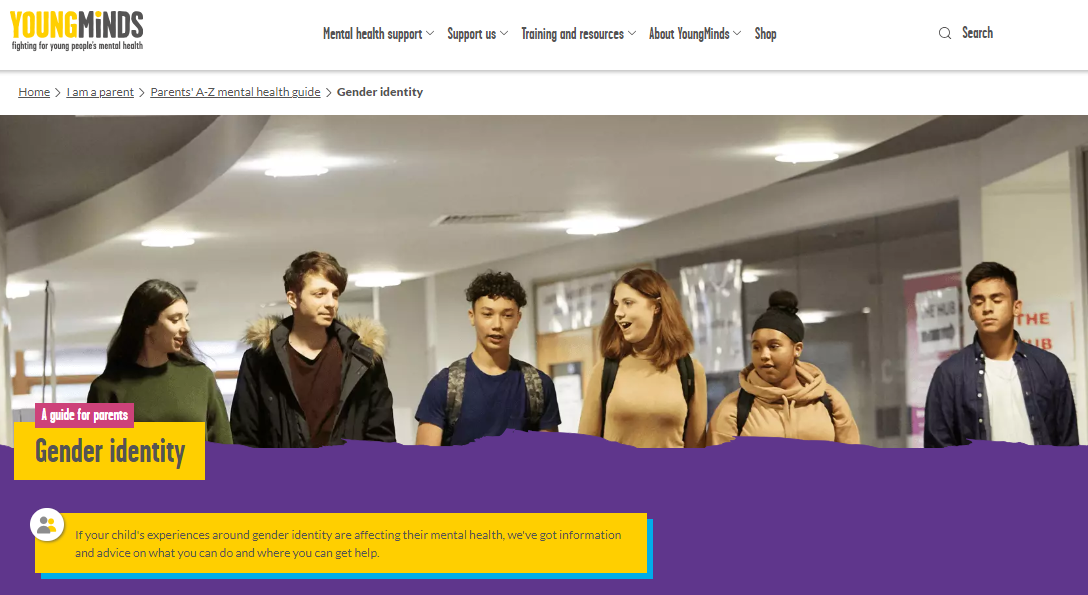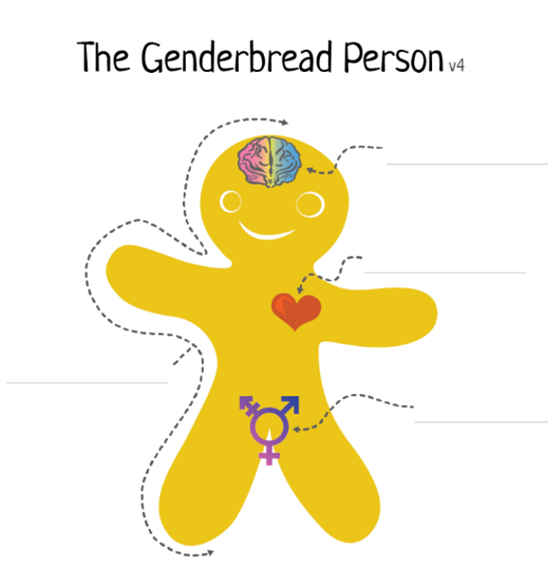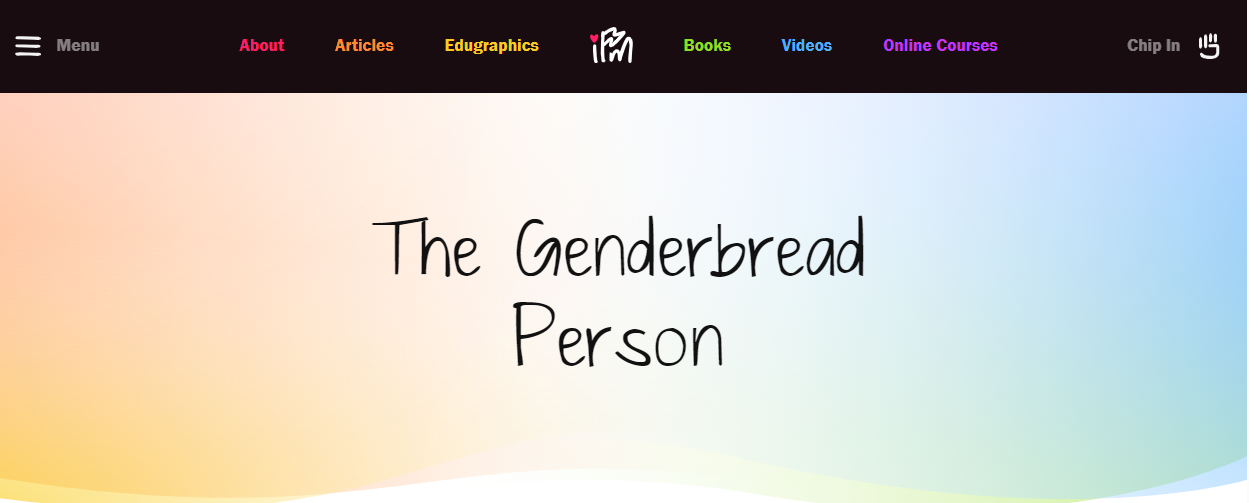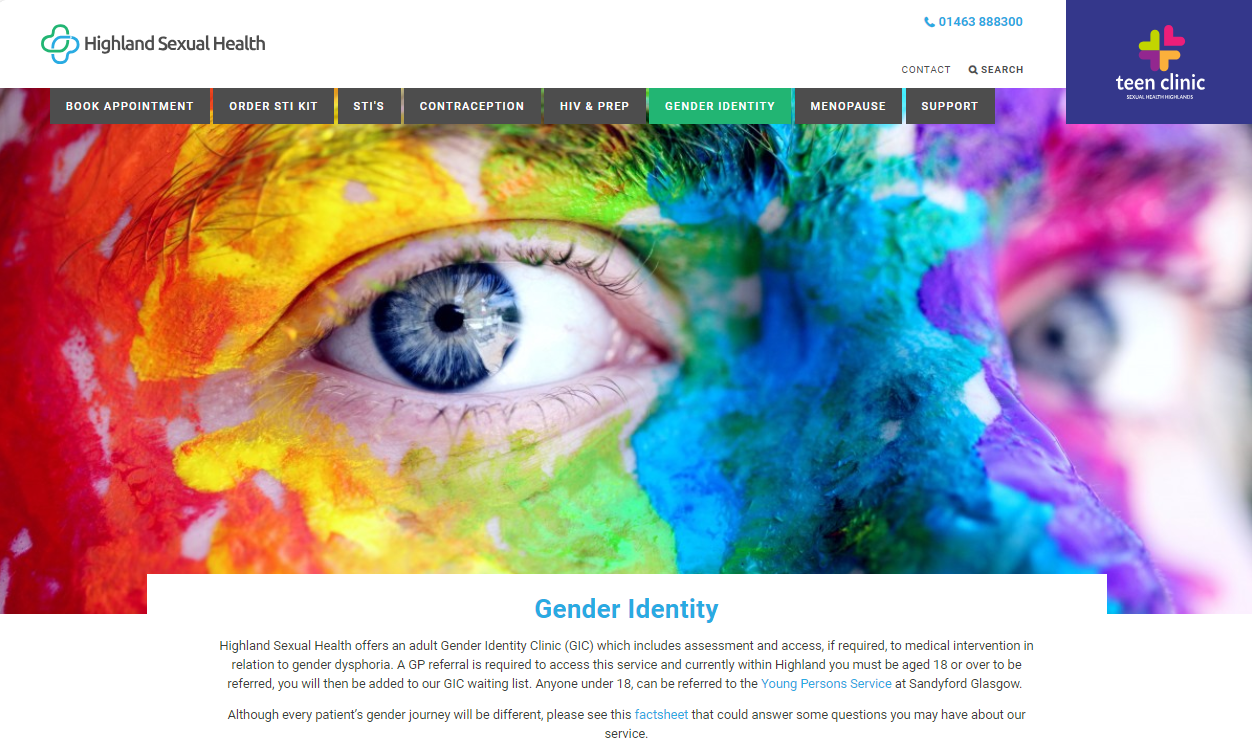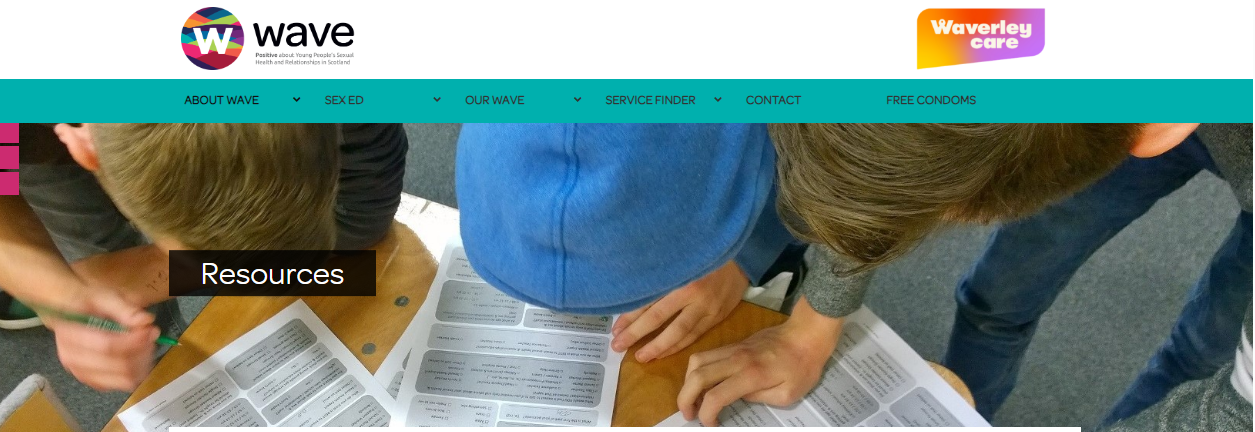
Gender Identity
How someone feels about their gender is known as gender identity. Some people identify as the sex they were assigned with at birth, while others do not. People may experience discomfort or distress when their assigned sex is different from the gender they identify with – this is known as gender incongruence.
There is evidence to suggest that neurodivergent people are more likely to be gender diverse and/or identify as lesbian, gay, queer, or asexual themselves, compared to neurotypical people.
Youngminds (information for parents) If your child is exploring their gender identity, or is transgender, non-binary or something else, you may have lots of questions as a parent – and may be feeling unsure about how you can support them.
Click on image to go to website
The Genderbread Person is a cute, approachable model for understanding the social construction of gender, based on the input of thousands of voices over several decades. It is helpful to think of sex, gender, sexual orientation, and gender expression on different continuums. This is the “genderbread person.”
Gender Identity (the brain in this image) is how a person thinks about themselves. This may be as a man, as a woman, as a non‐gendered person, or as some other term.
Gender Expression (the outside of the body in this image) is the ways a person presents their gender, through actions, dress, demeanor, etc.
Biological Sex (the groin area in this image) refers to the physical sex characteristics that a person is born with and develop, including genitalia, body shape, voice, body hair, hormones, chromosomes, etc. This is generally understood in terms of female, male, and intersex.
Attraction (the heart) is also sometimes called sexual orientation. This refers to who a person is attracted to and may be based on their sex/gender. This diagram makes a distinction between sexual attraction and romantic attraction. Often, we understand attraction in terms of heterosexual, bisexual, and homosexual (though there are many words that individuals use to describe their own orientation). Source: Sam Killerman
Click on image to go to website
Highland Sexual Health – Gender Identity Service
Highland Sexual Health offers an adult Gender Identity service which includes assessment and access, if required, to medical intervention in relation to gender dysphoria. A GP referral is required to access this service and currently within Highland you must be aged 17 or over to be referred, and you will then be added to the waiting list.
Click on image to go to website
Click on image to go to website
·LGBT Health and Wellbeing
Scotland’s health and wellbeing charity for LGBTQ+ adults. They provide emotional support and information to the entire diversity of the lesbian, gay, bisexual and transgender (LGBT) community across Scotland. This includes queer, intersex, asexual people and all identities under the LGBTQIA+ umbrella and their families/friends.
LGBT Youth Scotland
Lots of links to things such as local LGBT support groups. There is also digital support and information for parents and carers.
Click on image to go to website
Click on image to go to website
Sandyford Clinic in Glasgow
Sandyford have an informative website and offer support for young people.
National Autistic Society
Advice and guidance - Autism and gender identity.
Click on image to go to website
Click on image to go to website
Wave
Wave is a programme to help young people think and talk about sexual health and relationships. The website has information on gender identity, contraception and staying safe.
Scottish Government Guidance for Scottish Schools
Supporting Transgender Pupils in Schools
Click on image for booklet
